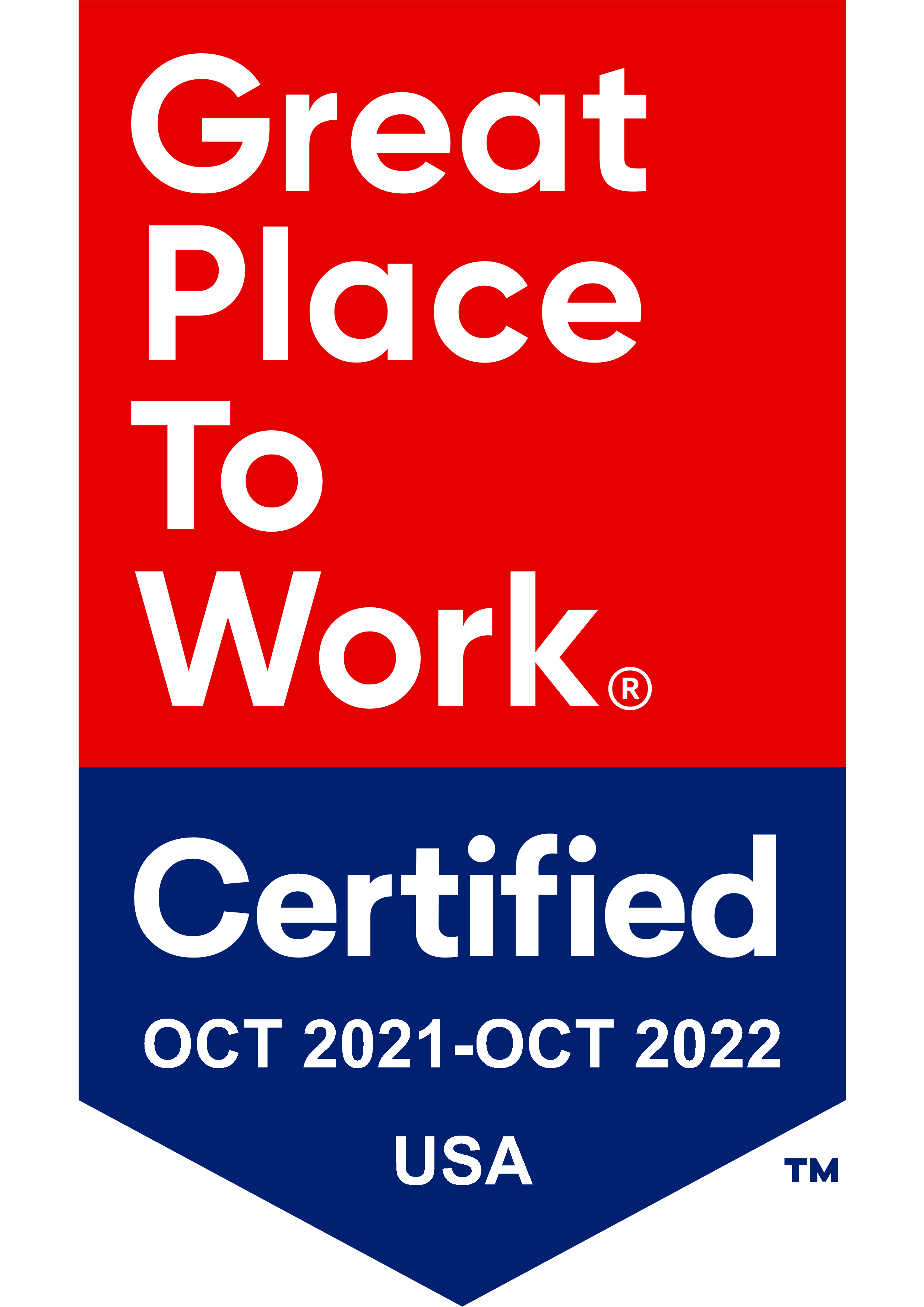 If you work for a financial advisory firm, you know that managing, storing and finding documents can be a challenge.
If you work for a financial advisory firm, you know that managing, storing and finding documents can be a challenge.
Even if you have your documents in digital form — but in a traditional folder structure — your office productivity may still be taking a hit. While your firm may use robust naming conventions, folder structures, and file policies for handling your documents, efficiently managing your digital (or worse, paper!) content is still a massive task.
According to the Association for Information and Image Management (AIIM), “a typical, knowledge worker spends anywhere from 15 to 35% of their time looking for information.” A Document Management System (DMS) can change all that.
Here are just 10 ways that a DMS can increase office productivity, while saving you time and money. A DMS lets you:
- Save your documents faster and more accurately by giving you more structure and control over where and how documents are saved.
- Create rules for how documents should be saved or named. You also have the option to save a document to the same place as a similar document that is already saved in the system.
- Create templates for saving documents so that reports you save routinely can be saved in a similar way every time.
- Quickly retrieve documents because of advanced search functionality. You can search across the entire system in any of the various fields, filter results based on creation or edit date, sort the results, and even search within a search result.
- Access documents faster and with improved accuracy. No longer is it necessary for your staff to spend hours locating, copying, printing, and filing (or misfiling) documents.
- Create disciplined filing rules, which help prevent typos and ensure only applicable options are available when classifying documents.
- Automatically prefill fields, reducing the possibility for errors even further.
- Reduce the expensive real estate space you need if you are still a paper-based firm. AIIM reports that each four-drawer file cabinet holds an average of 10,000 to 12,000 documents, takes up to 9 square feet of floor space, and costs $1,500 per year.
- Assign fewer employees to manage the same amount of work. Some firms have been able to eliminate the task of filing completely.
- Free up employee desk space. This allows your staff to focus on tasks that have more value to your firm, rather than deal with the paper clutter on their desk.
DMS goes one step beyond saving money because it supports efforts to generate revenue. All of these features allow employees to spend less time in their day-to-day interaction with documents and more time serving your clients. Employees are able to contribute to the firm in more meaningful ways when they are not bogged down with administrative tasks.
Interested in learning more about what DMS can do for you? Download our e-book on document management.



